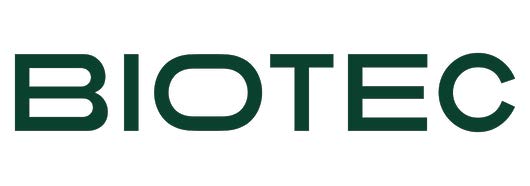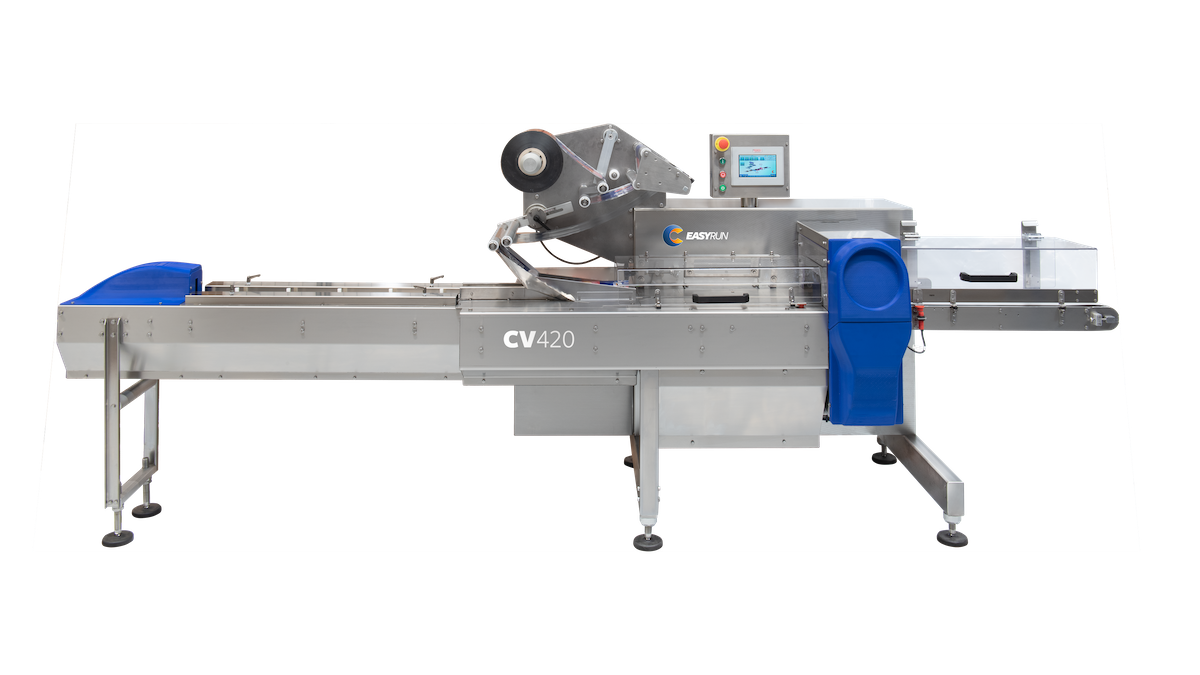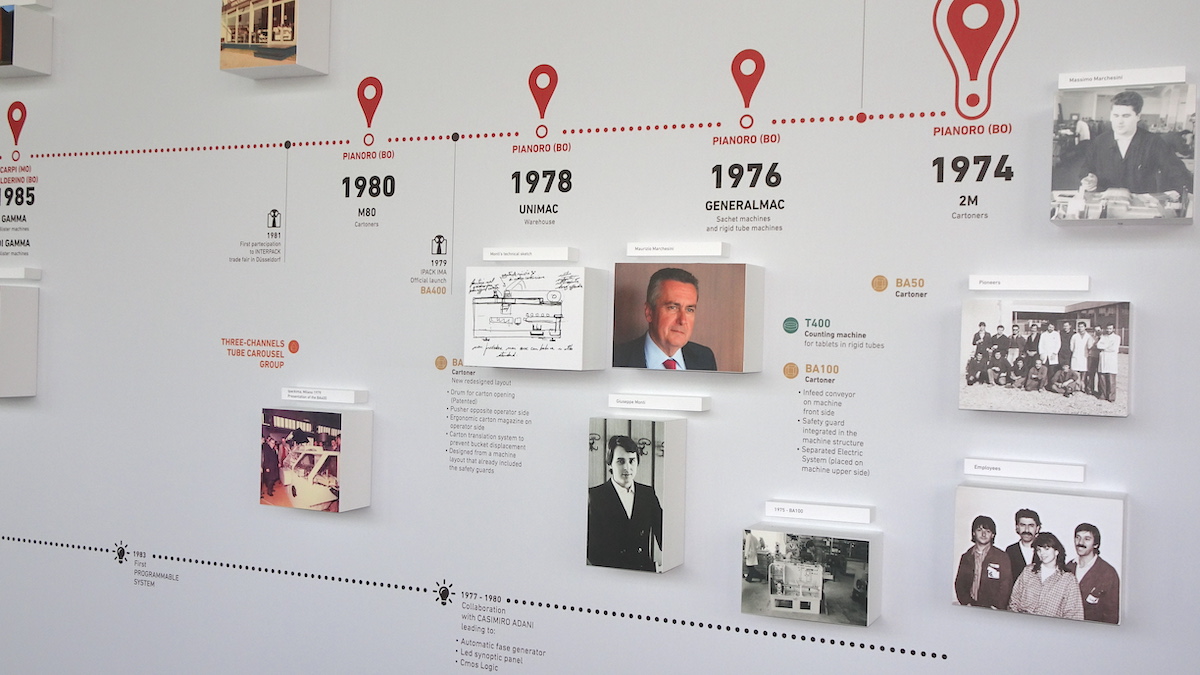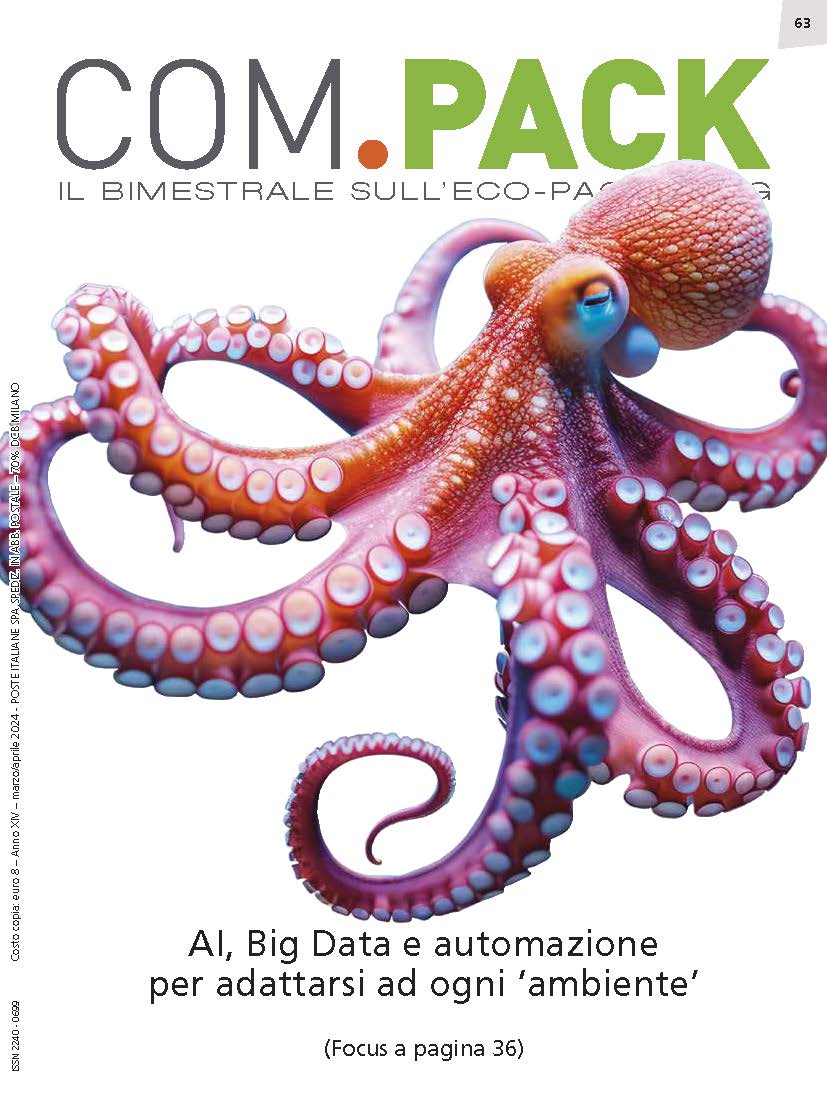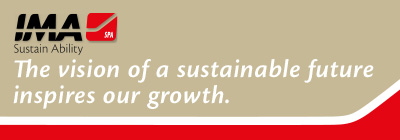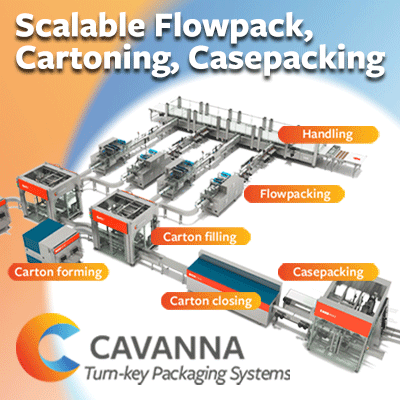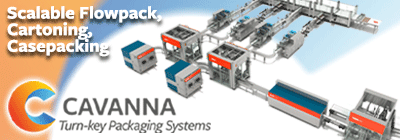We are entering the age of Industry 4.0 with several interesting technologies becoming more available and affordable, but somehow, we are often facing +50 years old issues. Considerable yield and packaging losses remain a reality in several industries, being a good part associated with poor changeovers and unplanned downtimes.
There are several very promising new technologies on the horizon that will improve the way we produce things. Some like On-Line Monitoring/Condition Based Maintenance, Artificial Intelligence, Augmented Reality, 3D Printing, are already available. Of course, there’s the right moment to bet in new technologies. Very early adopters may pay an extra burden for learning and adjusting new things. Sometimes it worth being a pioneer. In the other hand, fast followers can see what is working and jump on the most promising solution at an already better cost with fewer risks. Change, however, is inevitable.
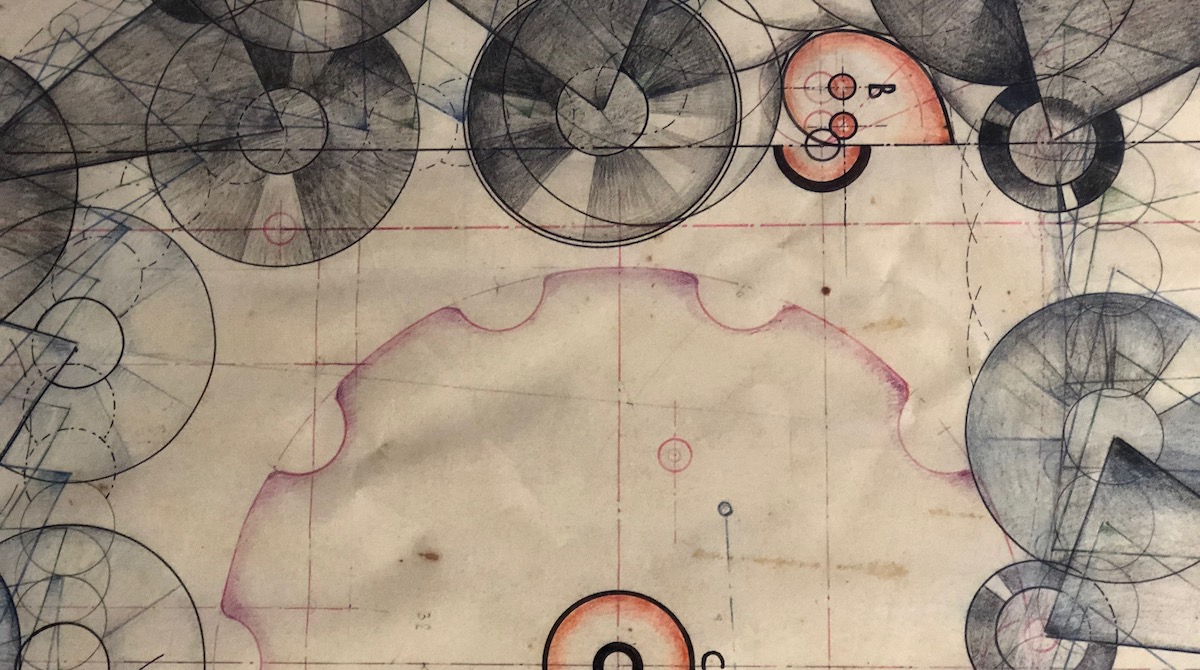 With the integration of those new technologies we get to the vision of Industry 4.0, most enterprise processes — manufacturing, product development, customer relations, and the workplace itself — must become fully digitized. Industry 4.0 introduces what has been called the “smart factory,” in which (as generalized synthesis) cyber-physical systems monitor the physical processes of the factory and make faster-decentralized decisions. The physical systems become the so-called “Internet of Things” (IoT), communicating and cooperating with humans in real time.
With the integration of those new technologies we get to the vision of Industry 4.0, most enterprise processes — manufacturing, product development, customer relations, and the workplace itself — must become fully digitized. Industry 4.0 introduces what has been called the “smart factory,” in which (as generalized synthesis) cyber-physical systems monitor the physical processes of the factory and make faster-decentralized decisions. The physical systems become the so-called “Internet of Things” (IoT), communicating and cooperating with humans in real time.
As part of IoT, Condition Based Maintenance is very good and proved technology that I implemented on several sites. This could be possible by specific sensors on the equipment that collect and report data on the condition of the machinery. Based on the sensor data, early signs of problems are detected for timely correction at minimal costs, maintenance resources can be prioritized and optimized, and machine availability can be increased.
Now CBM it is getting even better. Artificial intelligence is now able to help identify issues related to combinations of factors that standard trending analysis of isolated sensors could not. This makes CBM even more powerful, increasing, even more, its already good benefits. Which raises a question: why isn’t it more widely used? Brand new equipment is often lacking those more modern capabilities. Of course, cost matters, and a lot. I will insist on one fundamental question: which cost do you believe is the most important? The one-time cost of the project or the combined cost of the equipment and its operational expenses (including maintenance and packaging) over the years? Although the answer seems to be obvious, several companies do not focus on the total cost of ownership looking just for the lowest cost of the equipment of the current project, ignoring that the OPEX of such equipment will cost several times more along its lifecycle than it would loading with better design and technology. It may cost a little bit more upfront, but the return of the investment tends to become way better.
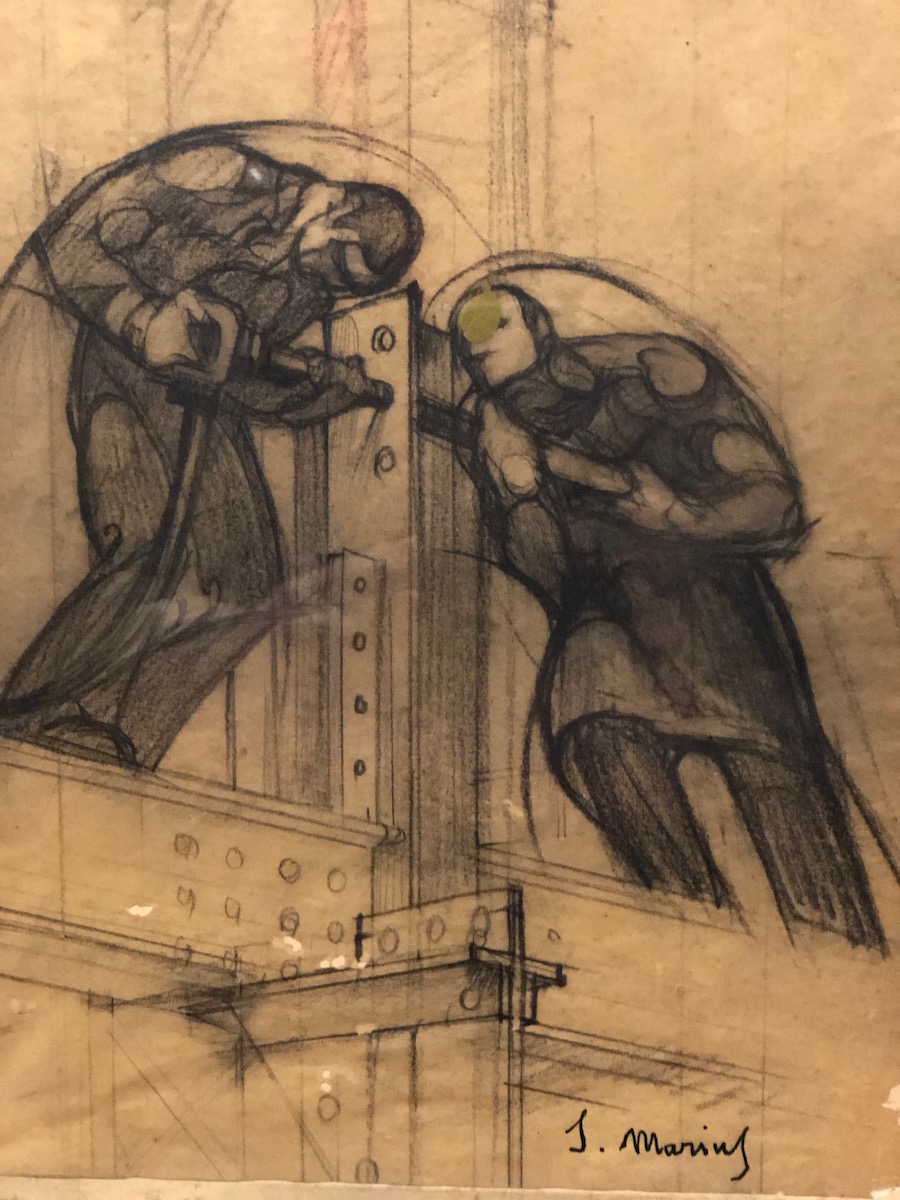 With 3D printing, we can use improve machine design (it makes easier to create poka yokes, for example) to increase reliability, minimize failures and unplanned downtime (and all its associated costs). Basically, any machine with moving parts and is not for one-time use will need maintenance at a certain point in its lifecycle (which is the case of production equipment). It means we need to dismantle it and put it back the same way it was before. Nowadays, even trained technicians from top suppliers sometimes fail in having a right first time due to suboptimal machine designs. Imagine what happens with not so trained technicians… The technology is ready to use and if we combine 3D printing elements with new materials to improve machine design, the possibilities are even better.
With 3D printing, we can use improve machine design (it makes easier to create poka yokes, for example) to increase reliability, minimize failures and unplanned downtime (and all its associated costs). Basically, any machine with moving parts and is not for one-time use will need maintenance at a certain point in its lifecycle (which is the case of production equipment). It means we need to dismantle it and put it back the same way it was before. Nowadays, even trained technicians from top suppliers sometimes fail in having a right first time due to suboptimal machine designs. Imagine what happens with not so trained technicians… The technology is ready to use and if we combine 3D printing elements with new materials to improve machine design, the possibilities are even better.
Keeping the operational discipline of the maintenance and production teams is often a challenge. Making sure the operators are following all the standard operating procedures is not always easy, especially in areas with high turnover. The discipline of preventive routines and change overs can now be improved with augmented reality, reducing errors and improving right first time of the lines. Looks like science fiction, but it really works.
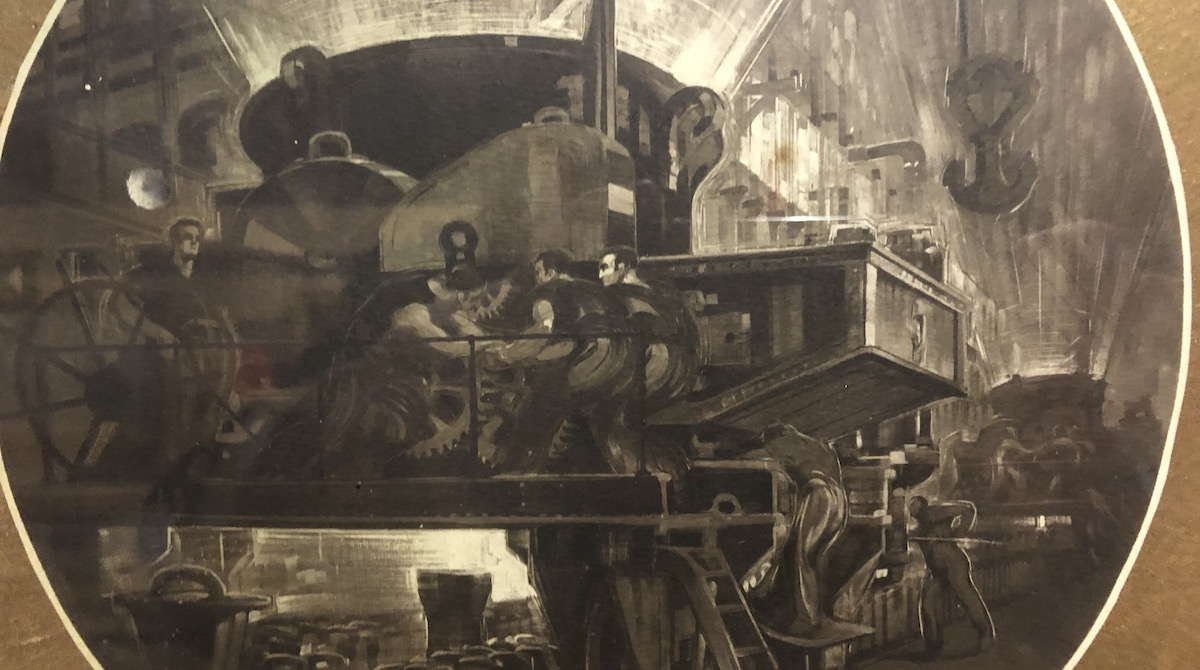 Recent studies on Industry 4.0 confirm that the full digitization will require the replacement of about 40-50% of the equipment and the remaining have the possibility to become integrated into the digital network, with the installation of appropriate sensor or actuators. The first benefit of digitization will be improving asset utilization drives value by making the best use of a company’s machinery park. Every minute a machine is idle or down causes a loss (either capital expenditures or lost revenue). Industry 4.0 levers, like predictive maintenance, can thus drive value by decreasing machine downtime. The disruptive technologies of Industry 4.0, such as IT-enabled manufacturing and increased computing capacity, hold the promise of smart factories that are highly efficient and increasingly data integrated. Data is the core driver: leaders across industries are leveraging data and analytics to achieve a step change in value creation. A big data/advanced analytics approach can improve production volume and reduce downtime.
Recent studies on Industry 4.0 confirm that the full digitization will require the replacement of about 40-50% of the equipment and the remaining have the possibility to become integrated into the digital network, with the installation of appropriate sensor or actuators. The first benefit of digitization will be improving asset utilization drives value by making the best use of a company’s machinery park. Every minute a machine is idle or down causes a loss (either capital expenditures or lost revenue). Industry 4.0 levers, like predictive maintenance, can thus drive value by decreasing machine downtime. The disruptive technologies of Industry 4.0, such as IT-enabled manufacturing and increased computing capacity, hold the promise of smart factories that are highly efficient and increasingly data integrated. Data is the core driver: leaders across industries are leveraging data and analytics to achieve a step change in value creation. A big data/advanced analytics approach can improve production volume and reduce downtime.
Legend of the acronyms
AR Augmented Reality
SMED Single Minute Exchange of Dies
FMEA Failure Modes & Effects Analysis
CBM Condition Based Maintenance
As Industry 4.0 is a clear way forward there are, however, several steps to get there. We need to ensure basic conditions are in place before moving to implement some digital technologies. Most of the new technologies do not replace the needs of standard routines. In Maintenance, there’s a hierarchic of the activities, like a pyramid (I will cover this in another article). To reach a higher level we need to master the lower level (and keep doing it). Most of the new activities instead of replacing the existing ones will complement each other. For example: to implement AR we need to have done a proper SMED. To implement SMED we need good standard routines. To install sensors for CBM we need to understand the machine, its critical points, its FMEA, the most common issues (through paretos), etc. We need data and feedback from good operators.
Industry 4.0 will help us do more with less, but it will require well-documented process and capable humans. The way of working will be different, but is there any place in the world that is working today the same way it was working 10 years ago?

(by Eduardo Schumann, Improving efficiency consultant)









